In my happy place.







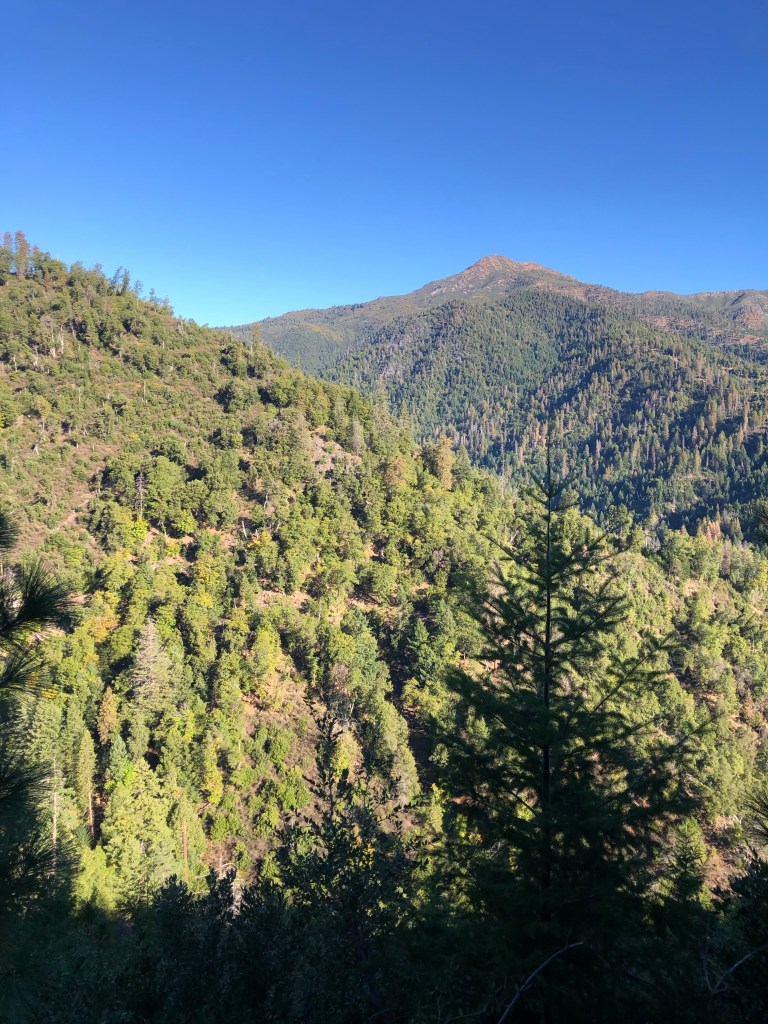
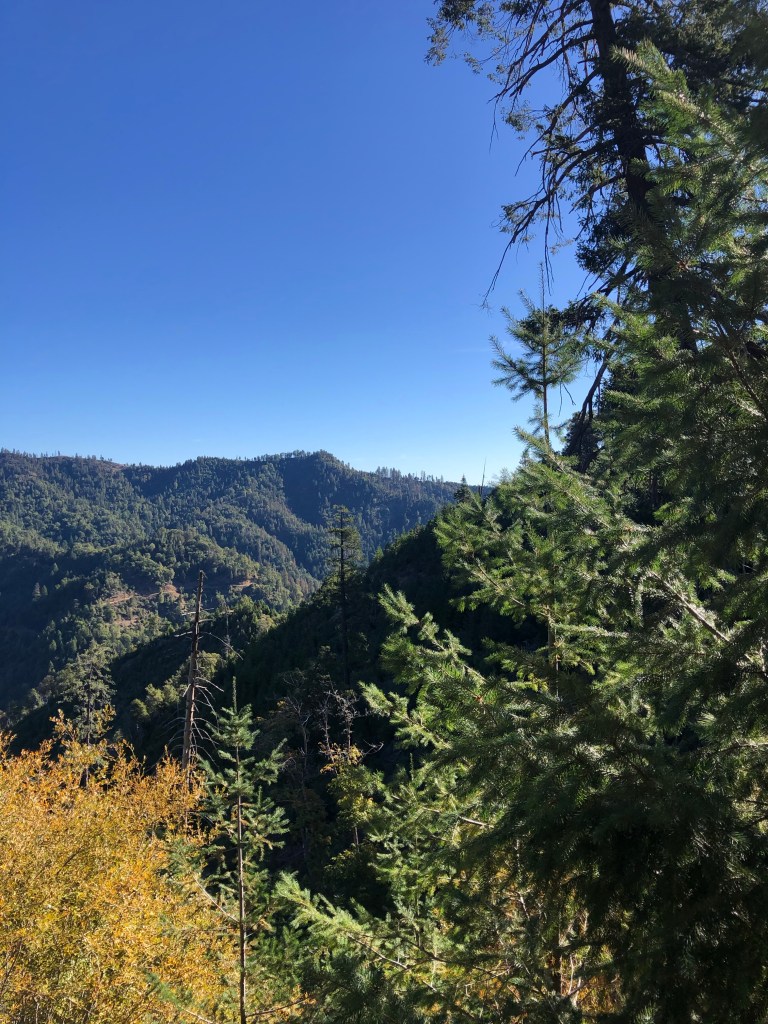


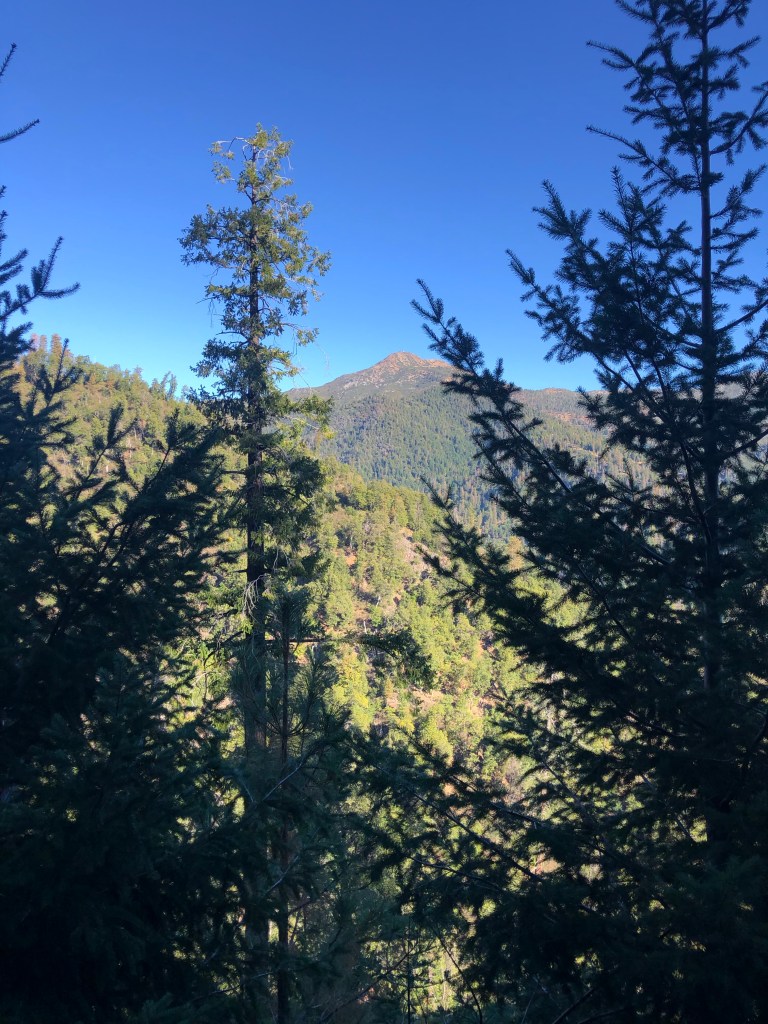











In my happy place.






















During the last few weeks I’ve had a Siggy and Sailor come to work with me while the weather was cooler. Mostly, it’s been too hot, but we’ve had a few nice days.






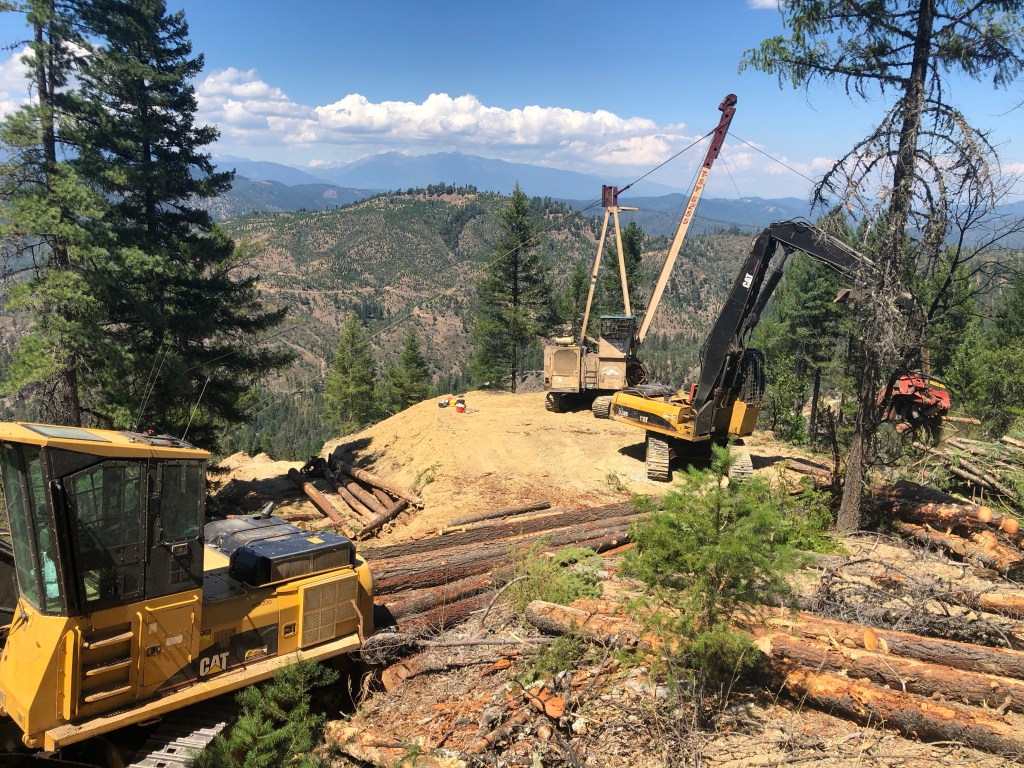


I did this piece for the book Timber In The Working Forest, written by Mary A Livingston.
When I write about forestry, I’m most often sharing what goes on in a working forest. A working forest is one that produces commodities, like timber, fiber and bark, as well as provides for environmental benefits such as recreation, clean water and wildlife habitat. I have spent my career on working forests.

A working forest with plantations containing trees in all different life stages.
Think of a working forest like a farm. Farms grow crops of food and other agricultural products. We need farms for our food. Working forests produce forest products and we need them for our shelter. An important difference between the two is that forestlands take years to produce a crop. Working forests spend years growing undisturbed in between intervals of harvesting. They function as an important source of clean water and as a home for wildlife every year.
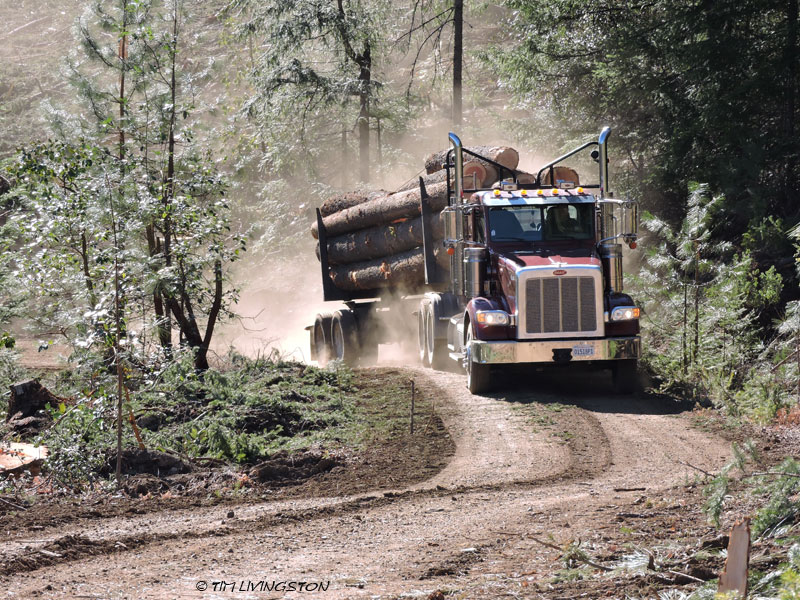
There’s a future house on the back of that truck.
One benefit of producing forest products from a working forest is that it creates income for the landowner. When the landowner has an economic return from managing trees the land will continue to be managed as a forest. There are real costs to owning forestland and if the owner can’t profit managing their forest, they may be forced to develope it into housing subdivisions or some other non-forest use. Then the wildlife habitat may be lost. In a sense the income from producing forest products protects these forests by making growing trees economically sustainable .

This forested area has been subdivided for homes.
All of our forests are important as wildlife habitat. The conventional wisdom is that mature forest provide the best habitat. That is true for species of wildlife that prefer mature forests. However, many species have different habitat needs that include forest at every age.

A dusky grouse.
Forests containing a greater diversity in habitats ranging from mature forest to freshly created openings will support a larger variety of species. Openings are created during harvesting. These openings are planted and then the seedlings begin to grow. Over time the forests develope a great diversity of trees in different age groups. This patchwork of different habitat is available to support many species of wildlife.

This private timberland has diverse habitat which attracts diverse wildlife species.
Working forests aren’t parks, but can still be available for recreation. Hikers, campers and hunters visit these forests year after year. I’m not saying that the working forests are better than the parks, but they each have unique purposes.
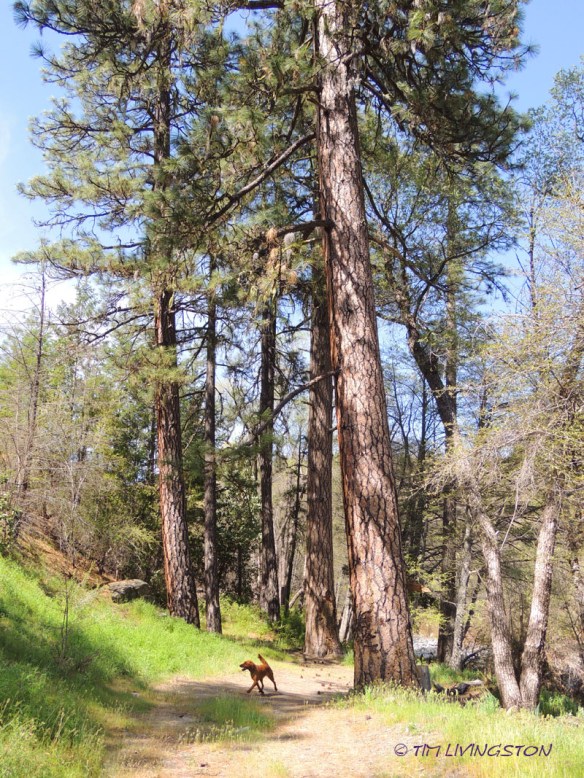
This is on the Mendocino National Forest. Our national forests are also working forest.
Forests are managed by different government agencies, private entities and individuals with a variety of goals. Forestland management is a topic I will explore more in the future. It warrants a full post.

Redwood National Park may not be a working forest, however even they use logging as a tool to achieve the long term goal of growing a healthy resilient forest.
The King Fire devastated almost 98,000 acres in the Sierra Nevada, east of Sacramento. Our company lost 18,000 acres of forest. Lately, I’ve had opportunity to spend time in the burn area. There is a lot of work being done by our foresters, biologists, botanists, and others to protect the resources so the timber can be quickly salvaged in an environmentally sensible manner. Most people never get to see what is done to protect the soil, water, cultural resources, and wildlife. In the gallery are images of just some of the work being done.
There is a lot of preparation that has to be done prior to logging. It has taken a large team of resource professionals to get the job done on a project this size.
Just for children a picture book about wildfire and the forest rehabilitation that takes place after a fire. Check out, Firestorm In the Forest.

This gallery contains 26 photos.
It’s take my followers to work day at the Forester Artist. Come along on one of my typical days. Having said that, rarely are my “typical” days typical. Let’s start by out checking in at the Pole Plant to see … Continue reading
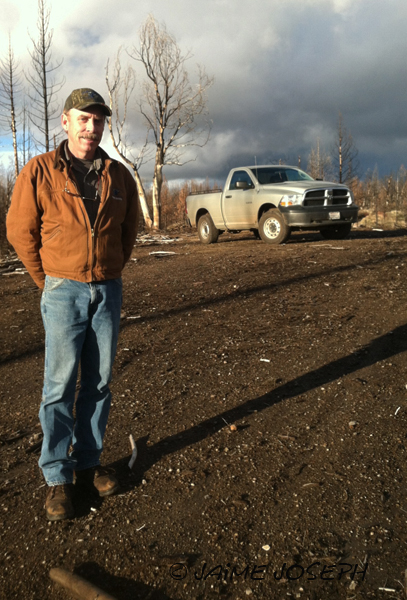
The truck is fueled and ready. Do you want to go for a ride along?
Ralph was a state forester. He’s retired now, but he’s been a friend throughout my career. He gave me my first ride along.
When I met Ralph, I was a firefighter in the summer and attending community college. I declared my Forestry Major and was preparing to transfer to Humboldt State University. I had not taken any forestry classes yet. That would start the next year. I didn’t have much forestry work experience. I knew Ralph from my job at the fire station. I asked if I could ride along with him for a day. He gladly took me up on it. I learned a lot from Ralph.

Jaime spent the day exploring a little West Coast forestry.
The other day I took a young woman, named Jaime, for a ride along. She’s contemplating her next career move. She is a cousin of a close friend.
The night before, Mary and I visited with our friends, Jaime, and her father. We had a wonderful conversation. Jaime recently completed her Bachelor degree at Warren Wilson College in North Carolina. Now she was considering going for an environmental law degree. Mary and I were both thinking, She needs to go for a ride along. When offered, she leaped at the chance.
The next day we started out with an introduction to our company’s head research scientist, CJ. These two women hit it off famously. After an insightful conversation about environmental science, careers and education, we headed out to the mill.
We toured the mill complex where Jaime started out watching the pole plant processing logs. Next, we went through the sawmill. She asked a ton of questions about the process and took a few pictures to send to her friends back in North Carolina. After the mill tour it was back to the truck.

She saw some modern logging technology in this tree shear.
We headed out to look at the timberlands. Our conversation centered on forestry practices, land management and environmental issues. We started near Shingletown, looking at forestry practices, and ended the day at the Ponderosa Burn, talking about fire restoration.

Valley Quail in the Ponderosa Burn.
Now, if I sound like the wise professional bestowing my vast knowledge from on high, let me correct that right now. This education process is a two way street. Our conversations weren’t all about forestry. I learned about all manner of issues important to her generation. We both had a fun and instructive day.

Channeling her inner Vanna White, Jaime shows off some old time milling technology in this teepee burner.
Making time for young people to go for a ride along or job shadow for a day is time well spent. A day job shadowing does something for them that a semester of school doesn’t do. It gives them a big picture of the profession. As professionals we benefit from this time too. We’re never too old to learn and they too have a lot to share.

Jaime’s career is a like this little pine tree, just starting out.

Blitz likes a good ride along, but don’t take her seat!
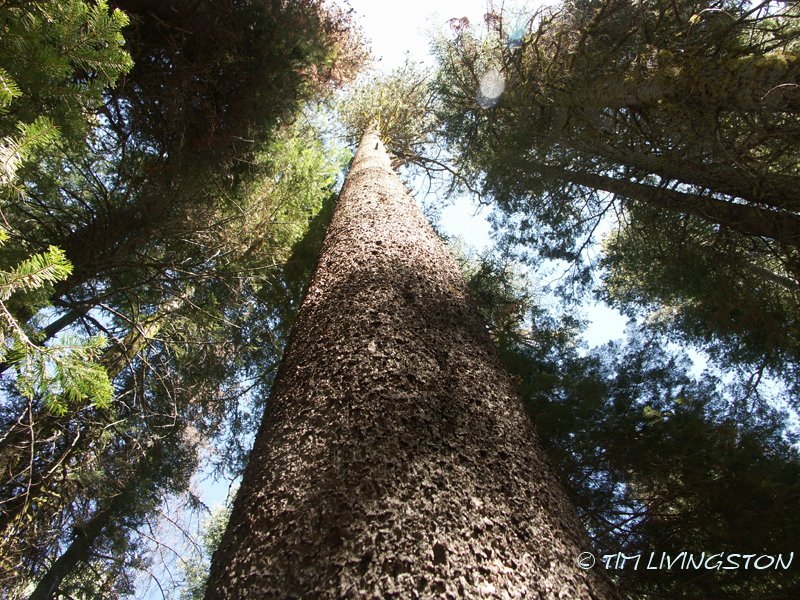
A lodgepole pine reaches for the sunshine, as we all should.
This week, Forestry Friday is a forestry quiz question. The question is about tree growth. This question appeared on the California Professional Foresters Exam about thirty years ago. Any junior forester or forestry student who missed this question probably failed the test and was definitely teased for it. In California, foresters are required to pass this test in order to become a Registered Professional Forester (RPF). It is illegal to practice forestry in the State without a license. Now to test your forestry knowledge.
You nail a red tag on a Lodgepole pine tree at DBH. DBH stands for Diameter at Breast Height, which is 4 1/2 feet about the ground as measured on the high side of the base or the tree. The tree is growing in height at 2 1/2 feet per year. In 10 years how high will the tag be above the ground?
I look forward to reading your answers Junior Foresters. I will reveal the correct answer next week on the Forestry Friday post.

Blitz answers “who cares! How high to the first stick is the real question.”